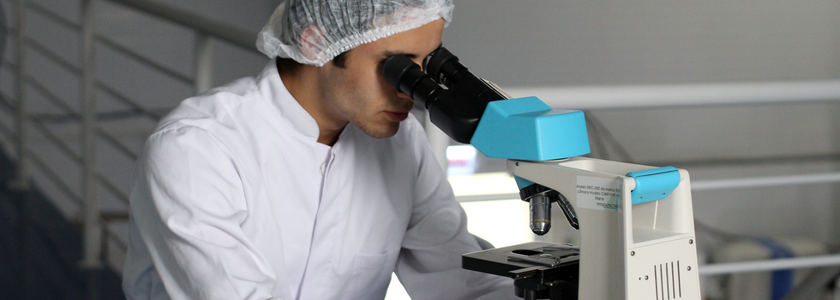

Microscopic Renewable Energy Storage
They have been some of the most important organisms to the history of life on Earth, even though they are some of the smallest. Microbes that carry out photosynthesis produced the first oxygen in Earth's early atmosphere and still account for a large share of its oxygen today. Now, bioengineers at Cornell University are looking to engineer these same microscopic organisms to solve one of the outstanding issues of renewable energy: efficient and cost-effective storage.
The way the Cornell team suggests storing this energy is by bioengineering microbes to take in electrons fed to them directly from renewable energy sources, like wind or solar, and convert it into hydrocarbon fuel. In the same way that natural photosynthesis takes in carbon dioxide out of the atmosphere, this bioengineered process would also have the added benefit of taking carbon dioxide out of the atmosphere, albeit five times more efficiently than before.
The hydrocarbon fuel produced by this process would have much lower carbon content than traditional fossil fuels. As the process to produce this hydrocarbon fuel itself takes carbon out of the air, this would represent net-zero carbon emissions. For certain types of machinery, or in the aviation industry, where this type of low-density, low-carbon fuel will still be required for some time to come, this process presents an environmentally-friendly alternative to bridge the gap between the fossil fuel present and the completely renewable energy future.
Yet to come for the Cornell researchers will be to identify the best type of microbes to bioengineer for this process, which will be the ones that show the most efficiency at energy storage and absorbing carbon dioxide.








